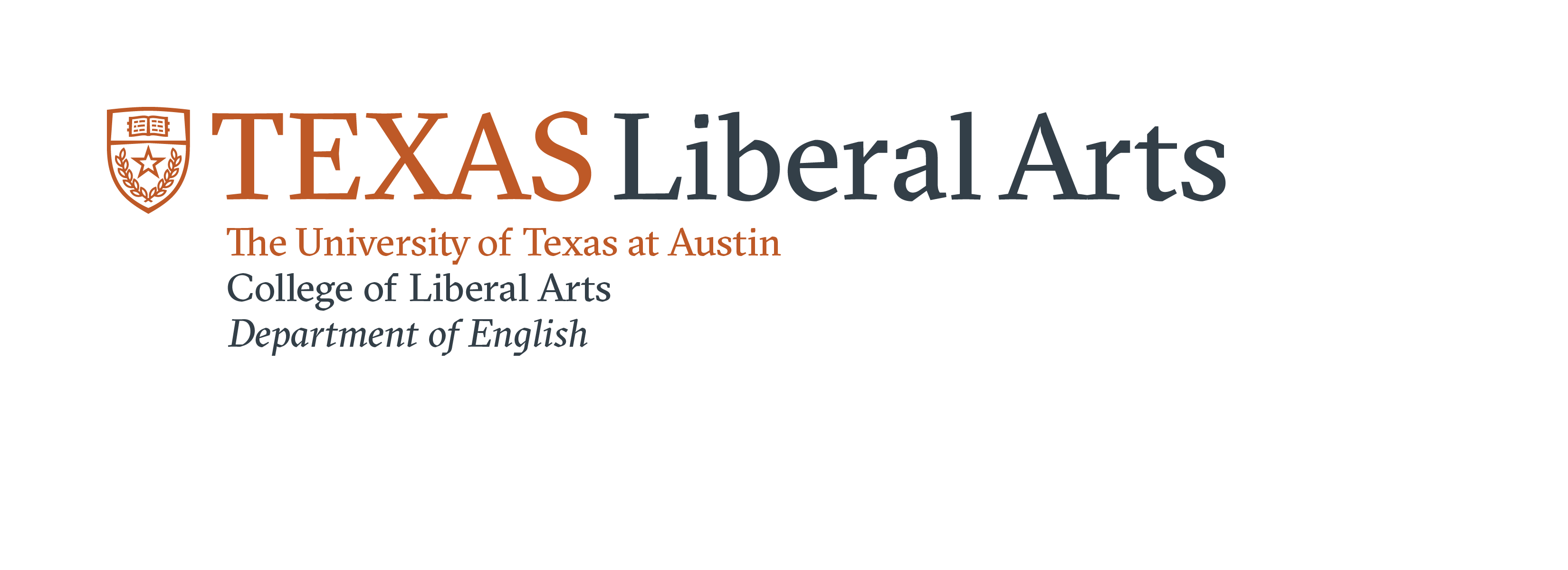BORDERS, STRUCTURES AND DISRUPTIONS
EDITED BY HAMNA SHAHZAH, ALLYSA TELLEZ, SAM TURNER, AND TRENT WINTERMEIER
On the very same day he was sworn into office, President Donald Trump signed an executive order to end birthright citizenship. In a press release published on January 20, 2025, the White House argued that the 14th Amendment “has never been interpreted to extend citizenship universally to everyone born in the United States.” The legality of the order aside, this is just one of the Trump administration’s seemingly endless attacks on immigrants. It was a campaign promise. President Trump ran on mass deportations, and as of March 2025, Immigration and Customs Enforcement (ICE) has taken 33,000 people into custody. The texts highlighted in this section represent targeted interventions into imagining these futures beyond the material, social, and cultural structures of colonization, borders, and citizenship. For instance, I.B. Hopkins’s review provides a thoughtful analysis of the frameworks used to analyze Blackness, while Mia Bañuelos’s review reminds us of the rhetorical action involved in holding governments accountable for colonial violence, and what that future can look like for marginalized populations. Similarly, Myles Joyce’s review examines how health communication often reinforces systemic inequities, ultimately reorienting readers towards a more equitable, justice-oriented future of biomedicalized structures of care. Nina Kirkegaard and Nina Gary discuss how identity and futurity collide across Bolivian and Jewish experiences and histories, respectively, arguing for ways to account for the past that contribute to more equitable and livable futures.
We begin this section with I. B. Hopkins’s review of Carmen in Diaspora: Adaptation, Race, and Opera’s Most Famous Character by Jennifer M. Wilks. Hopkins analyzes how Wilks expertly lays focus on the tradition of Black Carmens while refusing to conflate Roma and African diasporic representations. By decentering Carmen as a master text and citing reasons for its adaptability, the intent behind the film interpretations, and its numerous iterations in at least three languages, Wilks’s outline according to Hopkins is a valiant demonstration of “showing how adaptation, context, and (re)productions all talk back to one another.”
Nina Kirkegaard’s review of Gabriel Mamani Magne’s most recent novel, Seúl, São Paulo, explores how borders and identity are entangled across space and place. Kirkegaard notes that “to read Mamani Magne is to be seen,” as the novel is rooted in Bolivian culture through the experiences of two young protagonists on a journey to discover “who they are and who they want to be.” This creates a coming-of-age story that is refreshingly “funny, unique, and self-referential,” appealing to readers interested in how the complexities of identity are shaped by the lived experience of bordered spaces—between Seúl and São Paulo, between Bolivia and the self. However, as Kirkegaard suggests, the question of “where are you from” is far from simple in a globalized world. For both protagonists, this question invites reflection on the novel’s major themes: “Indigenous identity, migration, diaspora, cross-cultural affinities, teenage sexual exploration, and mandatory military service for young Bolivians.”
Next in this section is Mia Banuelos’s review of Annie Hill’s Trafficking Rhetoric: Race, Migration, and the Making of Modern-Day Slavery. As Banuelos writes, Trafficking Rhetoric employs “rhetorical-material analyses” to interrogate the UK’s antitrafficking agenda over several decades, highlighting “how a global power can enact violence on marginalized populations, whether it be its own citizens or migrants.” Hill traces the global rhetorical and material connections between seemingly disparate events across oceans to contextualize the UK’s recent antitrafficking campaigns. From the murder of George Floyd in Minneapolis to protests around statues in Bristol, England, that remember the city’s legacy as a major port during the slave trade, Hill’s innovative material-discursive approach enables her to argue that “trafficking rhetoric mediate[s] both physical and symbolic borders,” and continues to encourage anti-migrant sentiments and politics across the UK.
Moving forward, Nina Gary reviews John Tolan’s England’s Jews: Finance, Violence, and the Crown in the Thirteenth Century. As Gary writes, England’s Jews re-centers “the distinct importance which Jewish money and land had on the construction of what we consider ‘England.’” Tracing historical, legal, financial, and personal texts across a century of Jewish and Christian life, Tolan argues that, at least in England, these communities “were deeply intertwined,” such that “the idea of separating from Jews completely was unappealing at best,” despite histories of antagonism towards Jews from the Crown and ecclesiastical authorities alike. Citing the dearth of source materials for scholars of medieval Anglo-Jewish studies, Gary applauds Tolan’s creative “ways of reanimating the Anglo-Jewish past.” An explicit humanization of Anglo-Jewish subjects drives this text, as Tolan methodologically extends the works of recent scholarly efforts to re-center the Jewish experience in works about Jews in medieval England.
Finally, rounding out this section is Myles Joyce’s review of Charles L. Briggs’s Incommunicable: Toward Communicative Justice in Health and Medicine. Joyce writes that Incommunicable offers a “guided exploration of how communication–or lack thereof–shapes health outcomes, often reinforcing systemic inequities rooted in colonialism and racism.” Briggs’s text spans academic fields and contexts of the every day to demonstrate the entangled social and material milieu that has shaped how “incommunicability has been weaponized against marginalized groups.” From research on physician-patient relationships to public health campaigns, Briggs presents impressive critiques of how health justice efforts and theories of communicability alike “often reinforce stereotypes and inequities under the guise of promoting health literacy.” Importantly, Incommunicable is rooted in Briggs’s comprehensive exploration of communicability through personal interviews focused on caregiving during the COVID-19 pandemic, which, as Joyce writes, reveals “how systemic inequities shape communication in healthcare contexts.”
Altogether, these reviews ask us to reflect on the methodological and theoretical tools we have available for imagining futurities beyond structures of colonization across diverse populations and contexts.

